The egg aisle in the grocery store has more options than Starbucks. You can literally stand in front of the shelves for hours and debate which kind to get. Grade A or Grade AA? White or brown? Jumbo or extra large? Organic or free-range? What do all these labels actually mean? In the end, you’ll probably buy the most familiar-looking carton.
It’s time to decode these labels. Here’s a handy guide for deciphering those mysterious egg-cartons.
Farm Fresh
“It literally means nothing,” says Paul Shapiro, vice president of the Humane Society of the U.S. Marketers know that “farm fresh” sounds pleasant to consumers, he explains, but it doesn’t mean a thing.
White/Brown
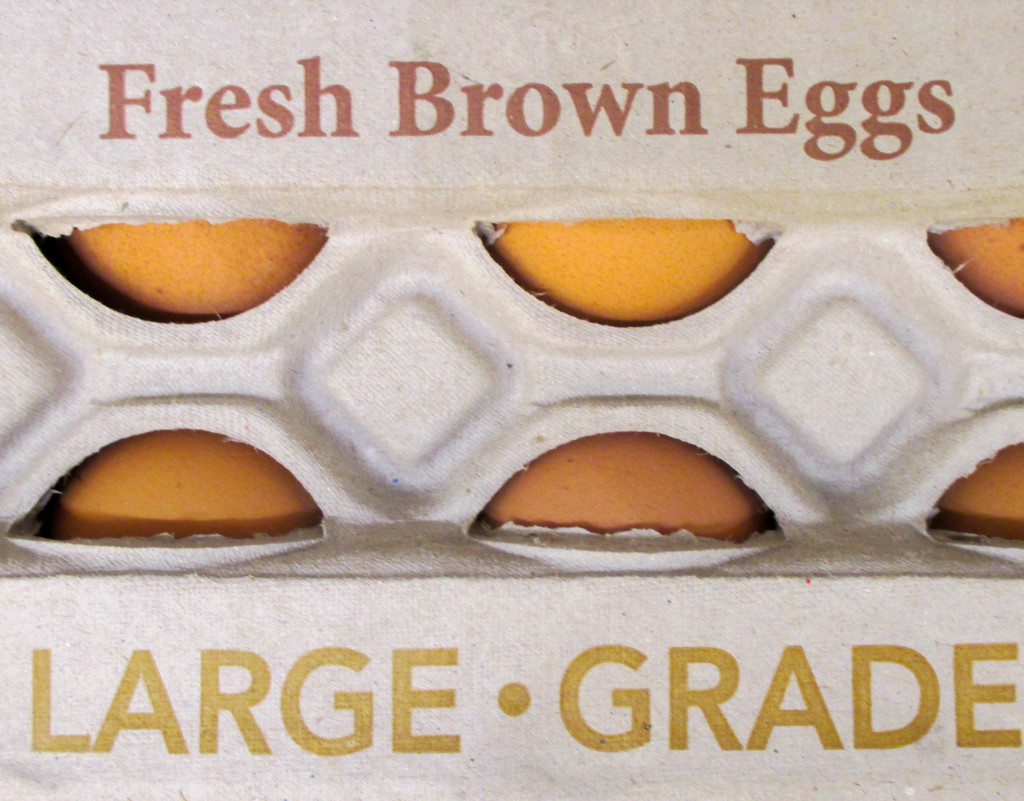
Photo by Rachel Davis
The only difference between white and brown eggs is the color of the shell.
“White-feathered chickens lay white eggs. Brown-feathered chicks lay brown eggs. It’s as simple as that,” says nutritionist Alexandra Caspero.
Grade A/Grade AA/Grade B
Grade A and Grade AA are similar. They have full yolks, healthy whites and blemish-free shells. Grade B eggs usually have flatter yolks, thinner whites and blemished shells. They are meant for liquid, frozen and dried egg products.
Jumbo/Extra Large/Large/Medium/Small/Peewee
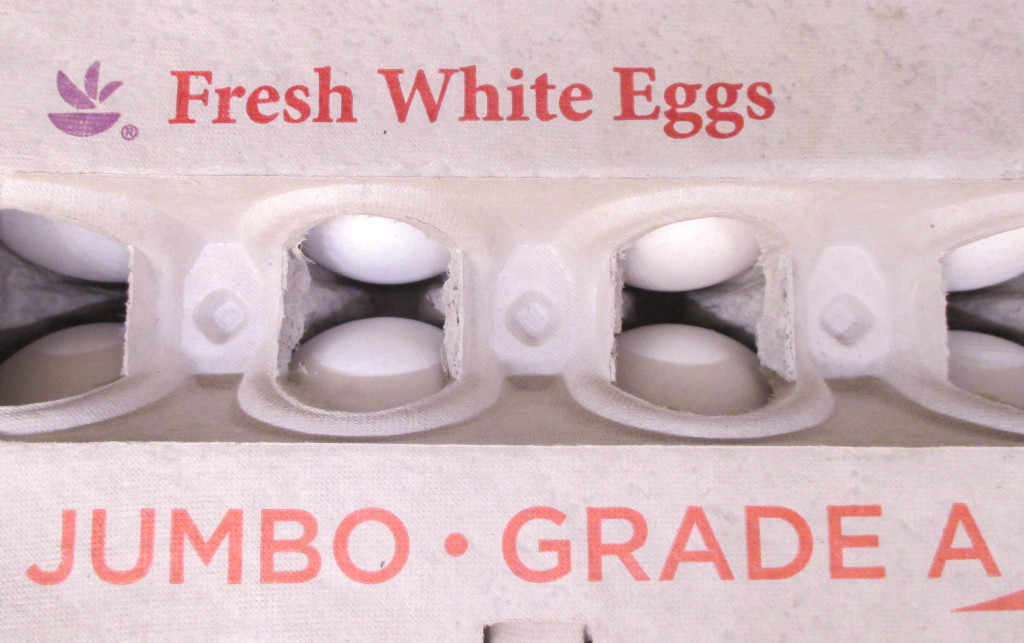
Photo by Rachel Davis
This refers to the total weight of a dozen eggs. Here’s the breakdown from the Egg Safety Center:
Jumbo – 30 ounces , Extra Large – 27 ounces , Large – 24 ounces , Medium – 21 ounces , Small – 18 ounces , Peewee – 15 ounces
Cage-Free
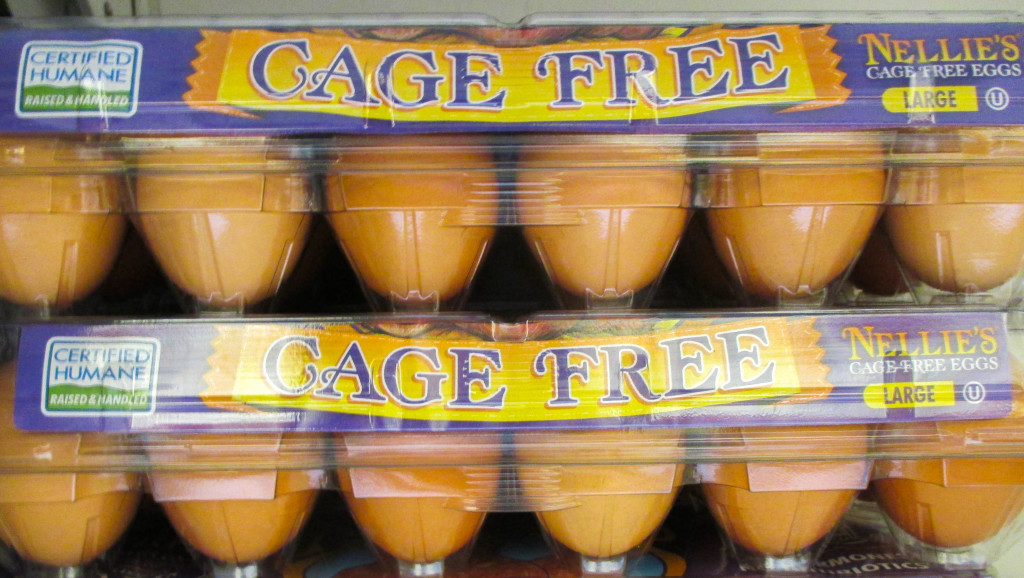
Photo by Rachel Davis
This is pretty straightforward. Cage-free means the chickens are not kept in cages. Unfortunately, they aren’t leading glamorous lives on the farm, either. Usually, cage-free chickens live in crowded aviaries. They are able to move and flap their wings, which is important to their health, but they probably breath poor air. They are also likely to be pecked to death by other chickens in their overpopulated aviaries.
Free-Range
Free-range means cage-free plus fresh air. But “fresh air” might mean a small, screened area with a cement floor attached to the aviary. It’s a step above cage-free, supposedly, but Mark Kastel of the Cornucopia Institute says that most free-range chickens never go outside because of the unfavorable conditions.
Pasture-Raised
This is probably the closest you can get to that idyllic picture of chickens running around in the sun and resting under the shade of a barn. Pasture-raised chickens spend most of their time outside. All farms are different, but these chickens should have enough space to live a healthy lifestyle.
All Natural
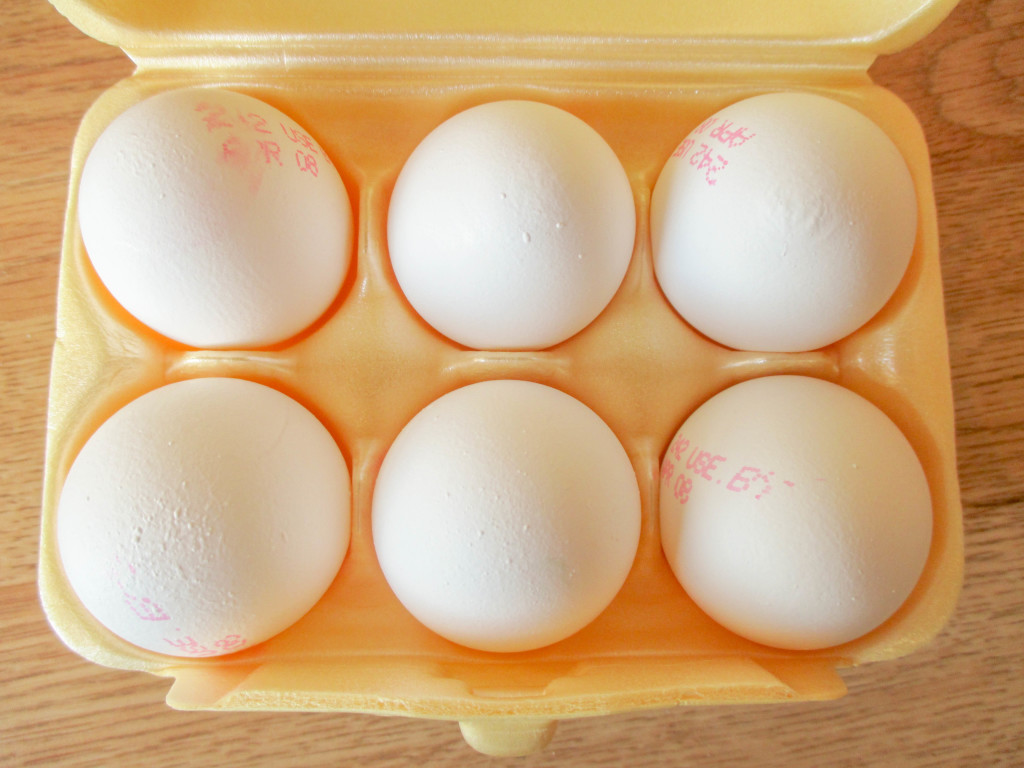
Photo by Rachel Davis
You might imagine the chickens who lay “all natural” eggs are allowed to do natural chicken things like peck at things and visit their farm animal friends. But really, anyone can put this label on their eggs. It doesn’t mean anything.
Organic
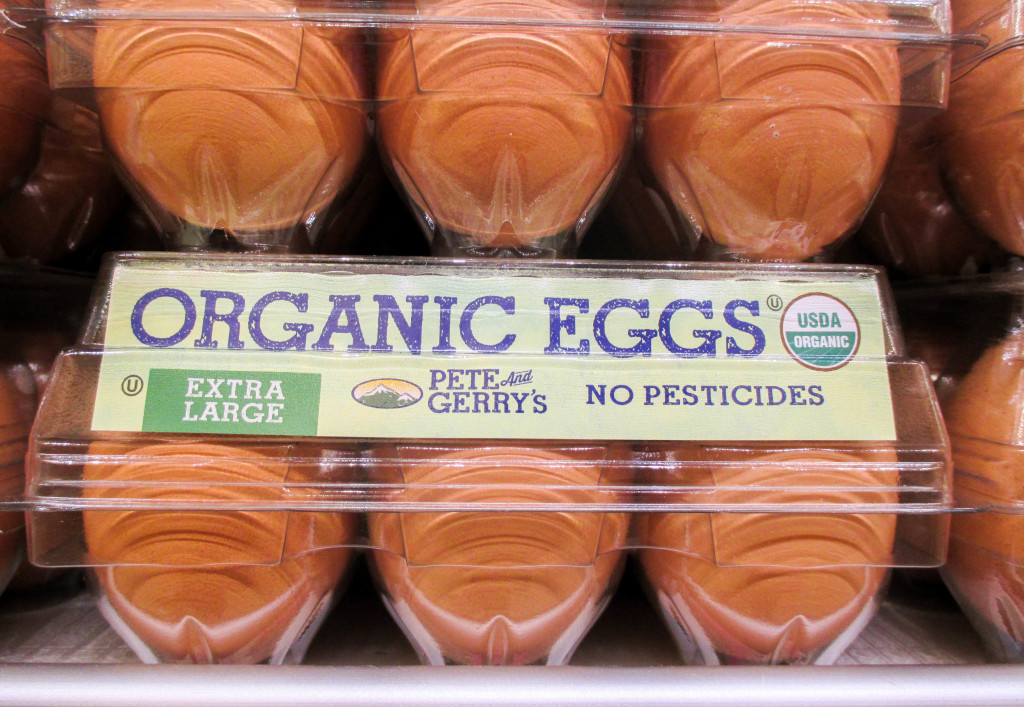
Photo by Rachel Davis
This means the eggs live up to USDA’s standards for organic eggs: free-range, hormone-free and fed with organic feed.
Certified Humane
“Humane” is a subjective term, but eggs with this label have been approved by the Humane Farm Animal Care, who makes sure they “come from facilities that meet precise, objective standards for farm animal treatment.”
No Hormones
Giving hormones to chickens is illegal, so all eggs are hormone-free.
Some more egg-cellent links to check out:

